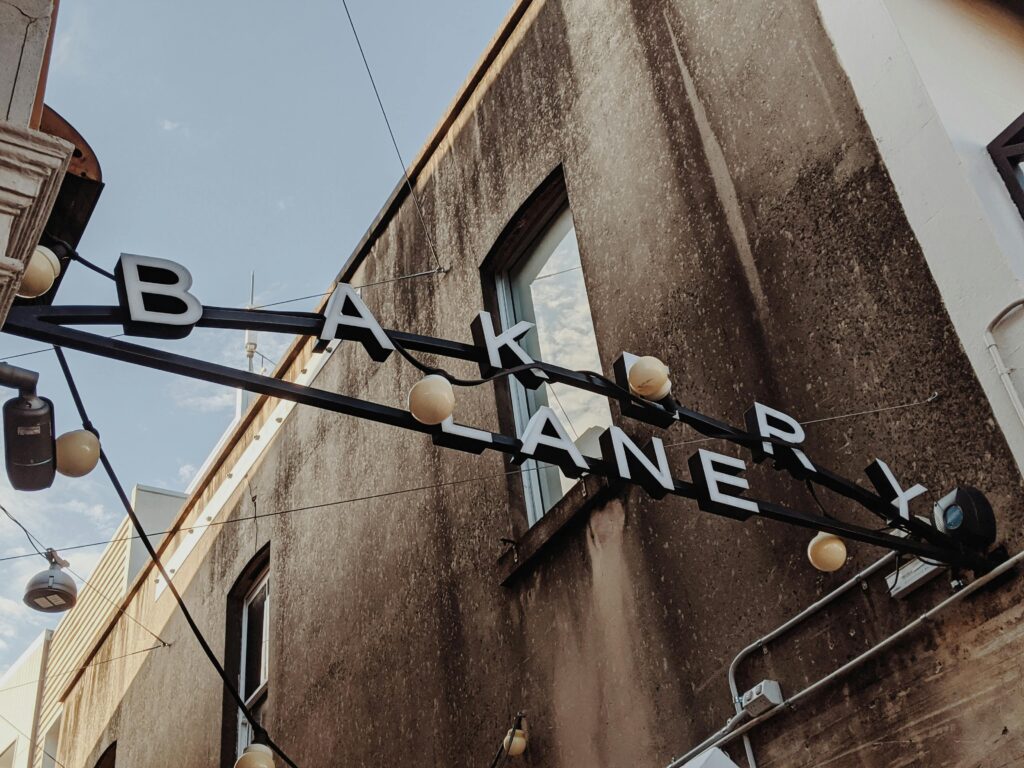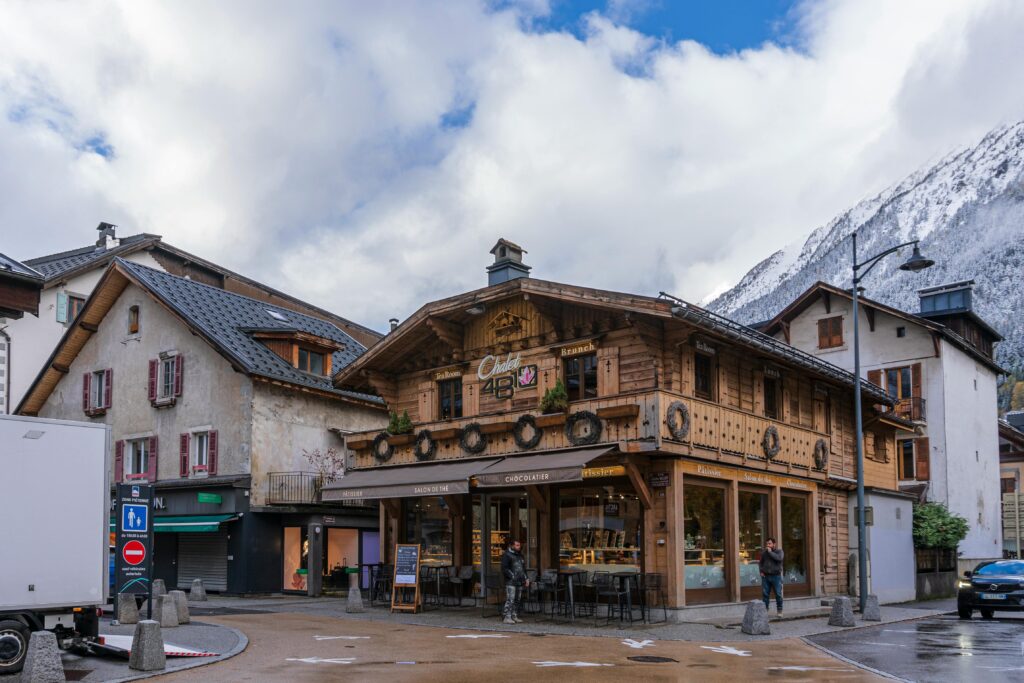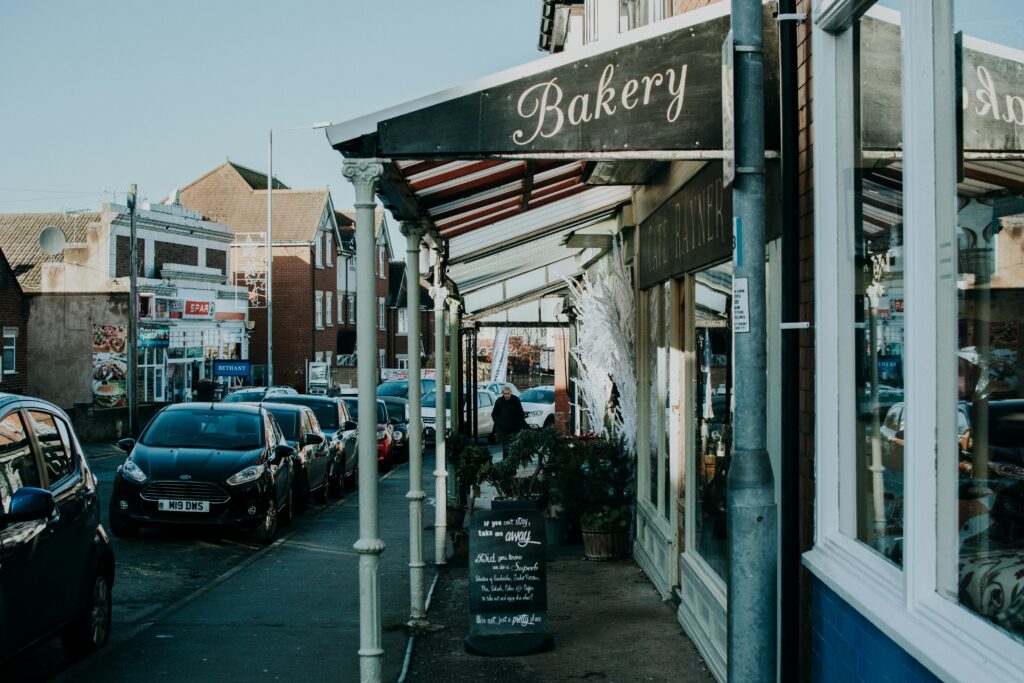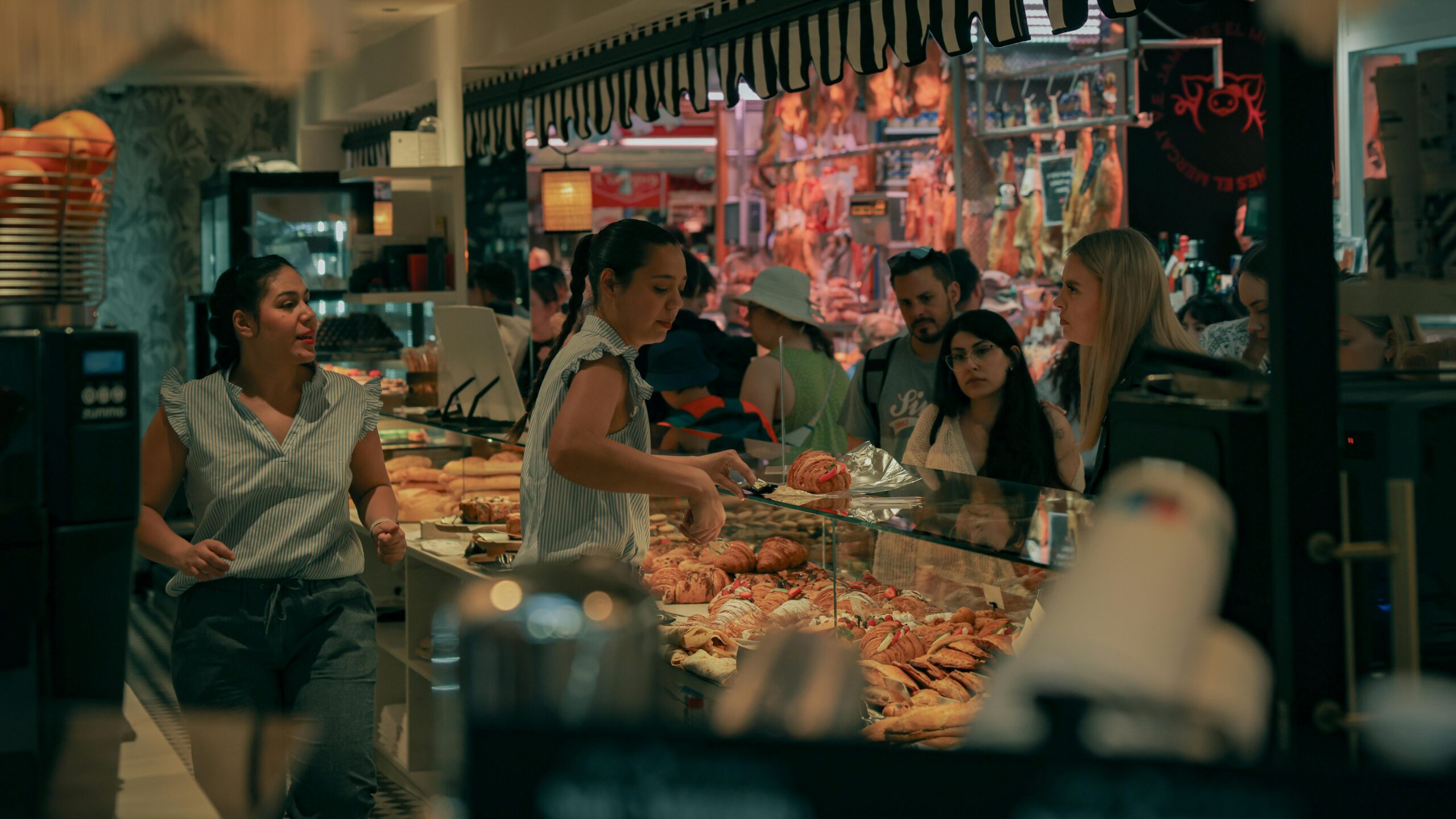What began as the occasional weekend jaunt for a perfectly flaky croissant has blossomed into a full-blown travel phenomenon. From Scotland’s remote bakehouse in Mallaig to Seoul’s “bbangjisullae” pilgrimages, enthusiasts are charting entire itineraries around artisanal loaves and pastries. This deep dive explores the rise of bakery tourism, its global hotspots, economic ripple effects, and how you can plan your own dough-fueled adventure.

The Bakery Pilgrimage Phenomenon
“Bakery tourism” describes travelers who shape trips around bakeries renowned for their signature breads or buns. These “bakery pilgrims” endure multi-day hikes, early-morning train rides, and even sub-zero waits for the promise of a single bite. While chains like Greggs and Gail’s offer easy access close to home, it’s the tiny, owner-run bakehouses—proudly sourcing regenerative-farm flour and experimenting with fusion flavors like kimchi egg danishes—that fuel the craze.
Top Global Destinations and Experiences
- United Kingdom: Beyond Landrace Bakery in Bath, seek out Lannan in Edinburgh—where visitors from Canada and New Zealand book flights around its cherry-tart masterpieces—and Briar Bakery in Devon for chewy almond thumbprints.
- France: Paris remains the epicenter, with boulangeries like Du Pain et des Idées drawing queues before dawn. The traditional baguette is so culturally vital it earned UNESCO Intangible Cultural Heritage status in 2022.
- South Korea: Dubbed “bbangjisullae,” Koreans take overnight trains to cities like Busan and Seoul, hungry for limited-run pastries. Instagram-driven buzz around spots like Tartine Bakery’s Korean outposts drives this trend.
- United States: Don’t miss Tartine in San Francisco, which pioneered America’s sourdough revival, or Magnolia Bakery in New York for its cult-favorite banana-pudding-filled doughnuts.
Economic and Social Impact
Bakery tourism injects fresh revenue into local economies. Small bakehouses report spikes of 30–50% in weekend sales as distant visitors arrive. On a macro level, global travel and tourism contributed a record $11.1 trillion to GDP in 2024—10% of the world economy—underscoring how niche segments like food tourism power broader travel growth. Meanwhile, high-street chains benefit too: a rising tide lifts all loaves.
Sustainability and Community Revitalization
Many pilgrimage-worthy bakeries champion regenerative agriculture and zero-waste baking. By sourcing flour from local grain-to-bake cooperatives, they reduce carbon footprints while fostering rural livelihoods. In towns like Talgarth Mill, near Hay-on-Wye, bakery-driven tourism has spurred guesthouse openings, artisan markets, and walking-trail maintenance—proof that a good brioche bun can reshape a community.

Cultural Heritage and UNESCO Recognition
Bread-making traditions are woven into the fabric of countless cultures. UNESCO’s Intangible Cultural Heritage lists—from Azerbaijan’s tandir bread to Armenia’s lavash and France’s baguette—highlight the ritual, craft, and communal bonds baked into each loaf. Bakery tourists often seek out UNESCO-inscribed bakeries for authentic, time-honored techniques that mass production can’t replicate.
The Role of Social Media and Digital Nomads
Instagram and TikTok fuel bakery pilgrimages by showcasing viral pastries—think miso bacon escargots or rhubarb-cardamom brioche. Hashtags like #bakerycrawl and #bbangjisullae connect global devotees, while travel bloggers monetize itineraries that string together must-visit shops. For digital nomads, working from a seaside café with fresh focaccia has become a lifestyle choice, blending remote work with culinary exploration.
Planning Your Bakery Pilgrimage
- Research and Prioritize: Consult guides like Britain’s Best Bakeries or UNESCO listings to identify regional must-visit spots.
- Map Your Route: Cluster bakeries by proximity—e.g., a Paris arrondissement tour—then tie in local attractions (museums, hikes) to enrich the journey.
- Time It Right: Many artisan bakeries open early and sell out fast. Aim for weekday mornings or book reservations when offered.
- Stay Sustainable: Offset travel emissions by choosing train over plane where possible, and patronize zero-waste bakeries.
- Capture Your Experience: Document your finds on social media to share tips, but respect each bakery’s space and staff—linchpins of this community-driven trend.
Conclusion
Bakery tourism transforms simple cravings into meaningful travel experiences that bolster local economies, preserve culinary heritage, and satisfy the universal pleasure of breaking bread (or indulging in a perfect croissant). As the craze continues to expand—from rural Wales to Parisian arrondissements—it’s clear that our collective appetite for artisanal baking shows no signs of cooling.

Frequently Asked Questions (FAQs)
Q1: What exactly is bakery tourism?
Bakery tourism involves planning trips or day-trips specifically to visit bakeries famed for their artisan breads, pastries, or unique flavor innovations.
Q2: Which countries are best for bakery pilgrimages?
France, the UK, South Korea, and the U.S. stand out, but you’ll find bakery-tour hotspots in Europe, Asia, and beyond—especially where local traditions have UNESCO recognition.
Q3: How can I find sustainable bakery-tour options?
Look for bakeries that source from regenerative farms, practice zero-waste baking, and are within walking or cycling distance of your accommodations.
Q4: Do I need a special guidebook?
While not essential, niche guides (e.g., Britain’s Best Bakeries) and regional UNESCO heritage lists can help you discover hidden gems and historical bakeries.
Q5: What’s the best time of day to visit artisanal bakeries?
Early mornings—right at opening—are ideal to beat crowds and secure limited-run items before they sell out.
Q6: How can I balance bakery tourism with other travel interests?
Combine bakery stops with local attractions—hikes, museums, cultural landmarks—to craft well-rounded itineraries that satisfy both culinary and sightseeing goals.
Sources The Guardian


